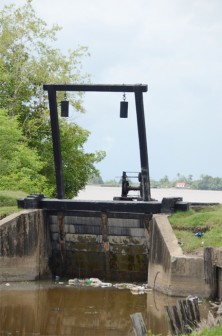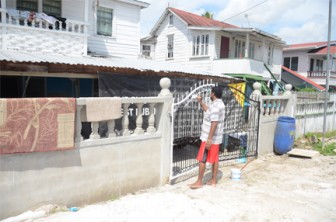Home to over three thousand villagers who are predominantly Hindu, the community has one of Guyana’s largest Mandirs. On the public road, however, there is also a Pentecostal church.
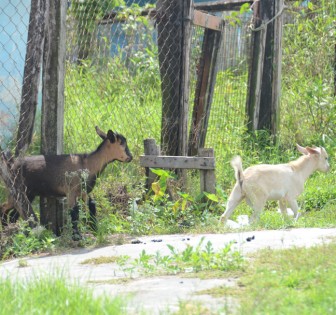
On entering the community one can spot Somerset Court, a newly established housing scheme which sits neatly along the roadside. The scheme was established during the period when World Cup Cricket was held in Guyana.
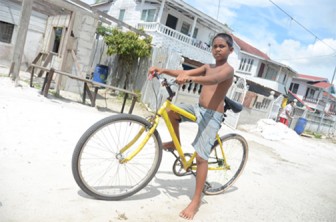
Many of the people living there are self employed, as is evident from the many small shops that are scattered throughout including mechanics shops, a Chinese restaurant, barber shops, a washing bay for vehicles; a supermarket and hair salon, among other small businesses owned by families. However, Diamond estate is the major employer.
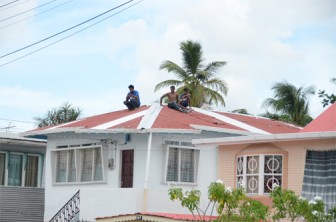
Medical needs are catered for by a health centre. There is one small private school in the area, hence most students attend the nearby Farm Primary, Providence and Covent Garden Secondary School.
According to the residents the village was established around 1955 after the land was allocated to estate
workers and their families.
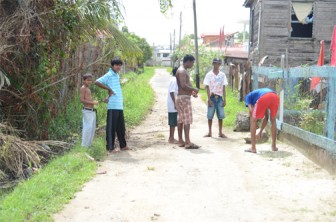
On a visit to Herstelling Stabroek News met Dworka Patan called ‘Ajah‘ who declared himself happy living there for over 60 years. While sitting on his bench he said that he is known to many as the “village doctor“ and a “famous cricketer.“
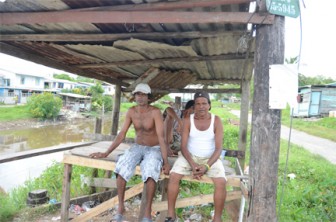
“I used to jarah people… so any time someone got sick they came to me instead ah going to de doctor. One time ah woman had a terrible pain and when I finish she left meh yard smiling.” The father of 7 said also that he had been a famous cricketer for his village: “I was vice-captain fu deh All Star Cricket Team, but deh close about 25 years now.”
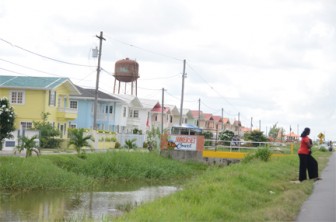
“Herstelling has transformed over the years,” another resident who has been living there for over 40 years related. She said “I came here to live [when I was] about 25 years, but I can confidently say the place has developed greatly. It’s much more comfortable; all of life‘s necessities are just a stone throw away.”
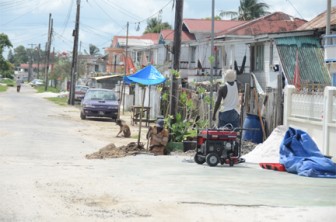
She praised the work of the Neighbourhood Democratic Council, while adding that the community is described as a very clean and tidy place. “Country people like to get up early and finish their work so that they can have the whole day to relax.” When seeking recreation, residents said that they would host bush cooks, hang out at beer gardens or the restaurant and munch on some tasty delicacies.
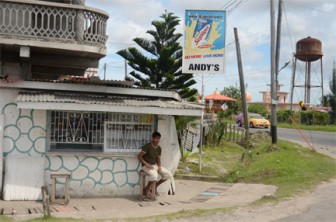
This newspaper was told that the western section of Herstelling was once a large canefield, while the back of the village was a burial ground. There are approximately five main streets which are named after some of the older residents who lived there for a very long time. Among them are Kajim Street, Haji Street, Hassin Street, Rum Shop Street and Creek Dam.
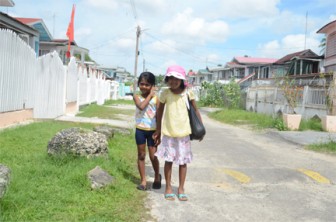
Shirley, the only name given, related that, “Some people even have tombs in their yard that they will paint and clean up… but we don’t be afraid of that, ’cos is de living does hurt you nah de dead.” Most of the crime, residents said, was of the break-and-enter and larceny variety.
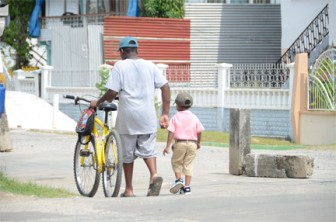
Shirley too noted, “It got good people living here but some ah dem is a set of thieves… Up to de other day deh break in meh neighbour house and thief she TV and other things. Some of them does fight bad when de drink deh rum.” She concluded, however, that visitors are treated so hospitably that they did not want to leave Herstelling, and that residents took pride in saying that they lived there.
